9 Little Things You Can Do to Cut Your Electric Bill in Half
That feeling of opening your monthly electric bill and seeing it cut in half–it’s pretty great, right? And no—it’s not just wishful thinking. With a few smart changes, it’s totally possible. The truth is, most households waste energy without even realizing it, which drives up the cost. But once you spot those problem areas and make a few simple tweaks, you can start saving real money. Just a handful of small adjustments can lead to some big-time savings.
Unplug Devices You’re Not Using
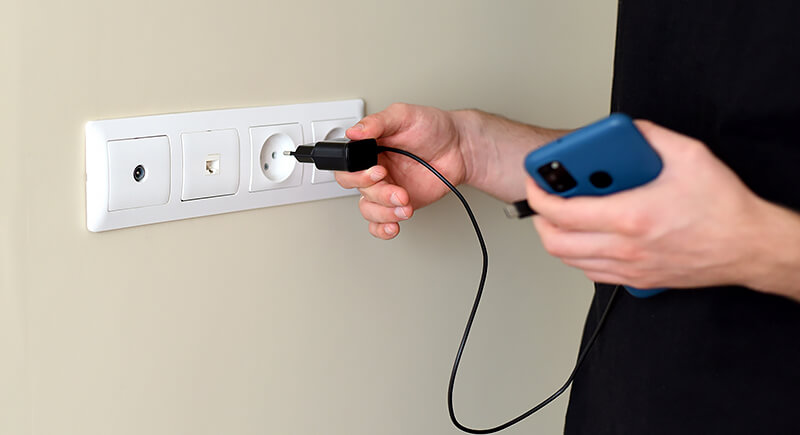
Credit: iStockphoto
You’d be surprised how many electronics quietly sip power all day—even when you think they’re off. Chargers, coffee makers, game consoles—they all draw what’s known as “standby power.” It’s not much at once, but over time, it adds up. Unplugging these devices when they’re idle is one of those low-effort habits that pays off slowly but surely. Better yet, plug several into a single power strip, so you can switch them all off with one click before heading to bed or leaving for work.
Switch Out Old Bulbs for LEDs
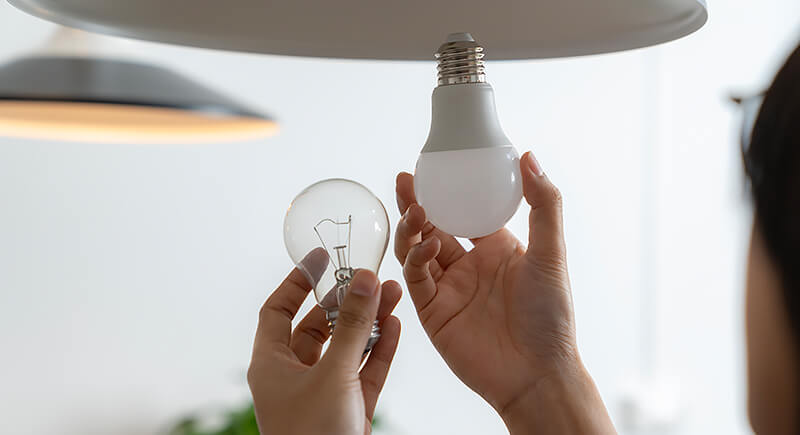
Credit: iStockphoto
There’s no good reason to stick with outdated incandescent bulbs anymore. They waste energy, run hot, and burn out faster than you can replace them. LEDs, on the other hand, use up to 80% less electricity and can last more than a decade in some cases. If you haven’t already made the switch, start in the rooms you use most—like the kitchen and living room. The difference in your lighting costs will show up sooner than you’d think.
Seal Drafts Before They Drain Your Wallet
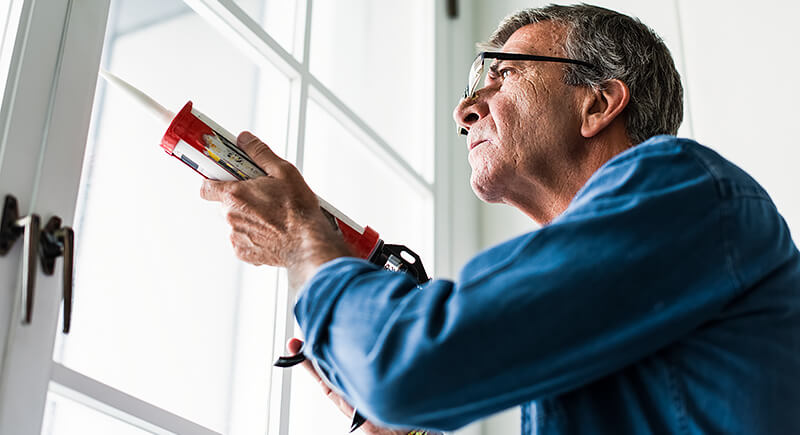
Credit: iStockphoto
It’s easy to overlook, but a small gap around a door or window can sabotage your home’s energy efficiency. In winter, you’re heating the outdoors. In summer, your cool air is slipping right out. Grab a stick of weatherstripping or a caulk gun and do a walkthrough of your house—especially older homes where seals tend to wear out. Sealing these gaps takes less than an afternoon and makes a noticeable difference in comfort and cost.
Wash Laundry in Cold Water

Credit: iStockphoto
Most of the energy your washing machine uses goes into heating the water—not actually cleaning your clothes. Unless you’re dealing with serious stains or sanitizing towels, cold water works just fine for everyday loads. It’s gentler on fabrics too, which helps your clothes last longer. Set your machine to default to cold, and you won’t even have to think about it.
Let Clothes Air-Dry When You Can

Credit: freepik
The dryer is one of the biggest energy hogs in the house. It’s also rough on fabrics, and wears down your clothes over time. If you’ve got the space, consider a drying rack or clothesline, even just for heavier items like jeans and towels. Indoors or out, air-drying takes a bit more time but costs you nothing in energy. You’ll notice your clothes looking better and your electric bill dipping little by little.
Cut Shower Time Just a Bit

Credit: freepik
There’s nothing wrong with enjoying a hot shower, but heating water is one of the costliest things we do at home. Even shaving a few minutes off your routine can make a dent in your monthly bill—especially in households with multiple people. Try timing your showers with a short playlist or use a shower timer to stay aware. It’s a small habit shift that adds up across the year.
Fine-Tune Your Thermostat Settings

Credit: iStockphoto
A few degrees can make all the difference. In the winter, lowering the thermostat even by two degrees when you’re sleeping or away can ease the strain on your system. The same goes for raising it slightly during the summer months. A programmable or smart thermostat helps take the guesswork out of it. Set it once, and it handles the rest—quietly trimming your energy use in the background.
Install Smart Power Strips
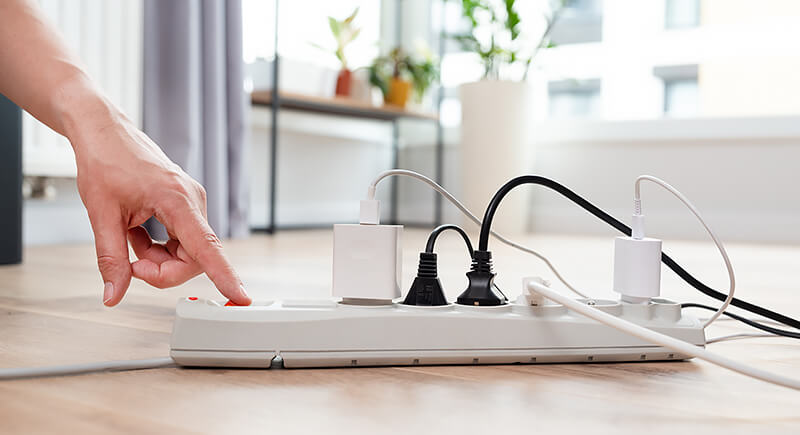
Credit: iStockphoto
Some devices don’t fully power down when you turn them off—they just go into standby mode. That includes TVs, printers, sound systems, and more. Smart power strips are a smart workaround. They detect when devices are idle and cut power entirely. It’s a simple swap that helps you stop paying for electricity you’re not really using.
Limit Space Heater Use
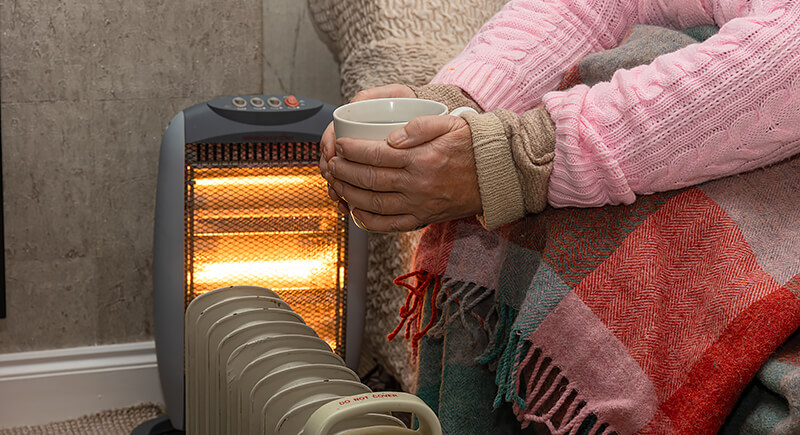
Credit: iStockphoto
Space heaters can be helpful in a pinch, but they’re not a long-term solution for warming your home. They draw a lot of power, and using them regularly will show up on your bill. If you do need one for a cold spot, use it sparingly and only when you’re in the room. Otherwise, bundle up with layers or invest in better insulation—it’s more effective and far more economical in the long run.
Keep Your HVAC System Running Smoothly

Credit: iStockphoto
Your heating and cooling system is like the engine of your home—it needs regular maintenance to stay efficient. A dirty air filter, for example, makes the whole system work harder, which drives up your energy use. Check and replace filters every couple of months, clear out any vent blockages, and have a professional give the system a once-over before peak seasons. When your HVAC runs clean, it uses less energy and keeps your home more comfortable.
Make the Most of Natural Light

Credit: iStockphoto
There’s a reason people love homes with big windows—it’s not just about the view. Sunlight is a free, reliable source of light and warmth. During the day, open up the curtains and let the daylight do the work. Arrange your living spaces to make the most of natural light, and you’ll cut back on lamp use without even trying.
Set Your Fridge to the Right Temperature

Credit: iStockphoto
Refrigerators never sleep, so efficiency matters. Set the main compartment between 37°F and 40°F, and the freezer at 0°F. That’s the sweet spot where food stays fresh without overworking the system. Every few months, vacuum the coils behind or beneath the fridge—they collect dust, which makes the motor work harder. Also, check the seals around the doors. If they’re loose, cold air escapes, and energy use goes up.
Insulate Your Water Heater
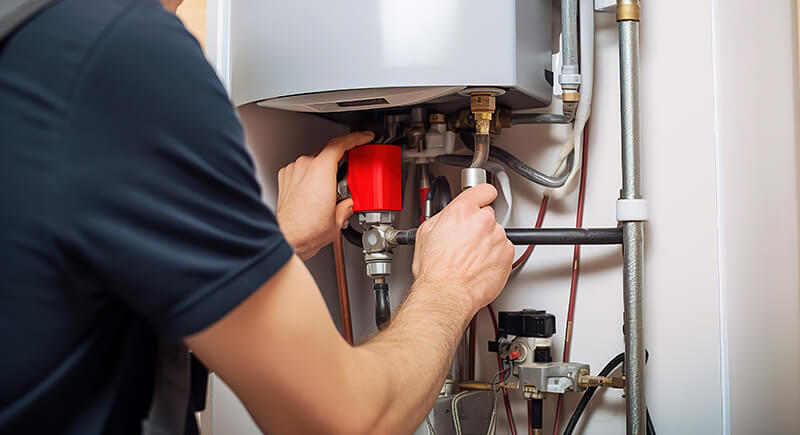
Credit: iStockphoto
If your water heater feels warm to the touch, it’s losing heat—and costing you money. Wrapping it in an insulation blanket helps it retain warmth, so it doesn’t have to reheat water as often. This upgrade costs about $20 and takes maybe half an hour to install. After that, it just quietly saves you money.
Run Big Appliances During Off-Peak Hours

Credit: iStockphoto
Electricity prices often change depending on the time of day. Many utilities charge more during high-demand periods, typically in the afternoon and early evening. Check your provider’s rate schedule, and run energy-heavy appliances—like the dishwasher or washing machine—early in the morning or late at night.
Use the Microwave More Often
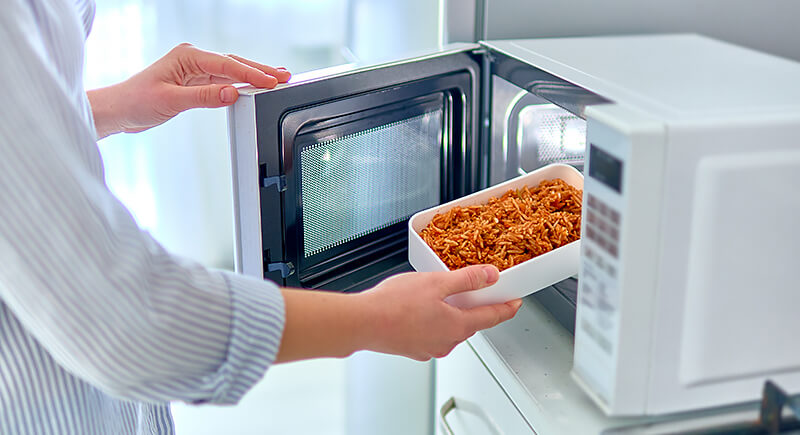
Credit: iStockphoto
Microwaves are far more efficient than ovens, especially when you’re reheating or making smaller meals. They cook food quickly and don’t waste energy heating up your whole kitchen. If you’re just warming up leftovers or steaming vegetables, opt for the microwave. It’s faster, uses less energy, and keeps your kitchen cooler—especially helpful in the summer.